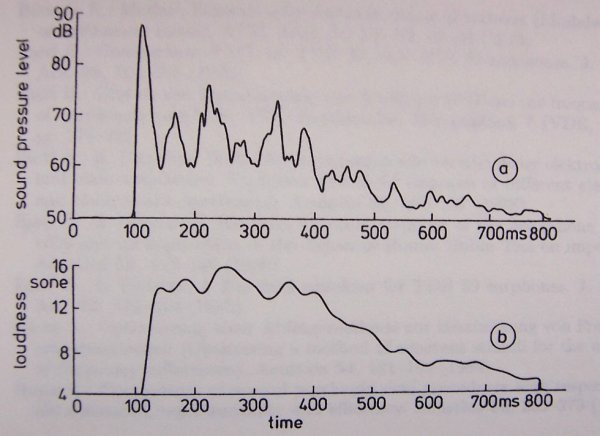I have not read this thread. What I will suggest, is that since many of the problems that are associated with objectionable rooms comes from dimensions that are multiples of one another: Why not make the listening room's dimensions all become Prime numbers? For example; A room 23 feet long 17 feet wide with an 11 foot ceiling.
Another factor overlooked when designing listening rooms for Hi-Fi, is that parallel walls create echoes of their own. Even varying the divergence from parallel by only a few inches supposedly disables the formation of those echoes.
Another factor overlooked when designing listening rooms for Hi-Fi, is that parallel walls create echoes of their own. Even varying the divergence from parallel by only a few inches supposedly disables the formation of those echoes.


